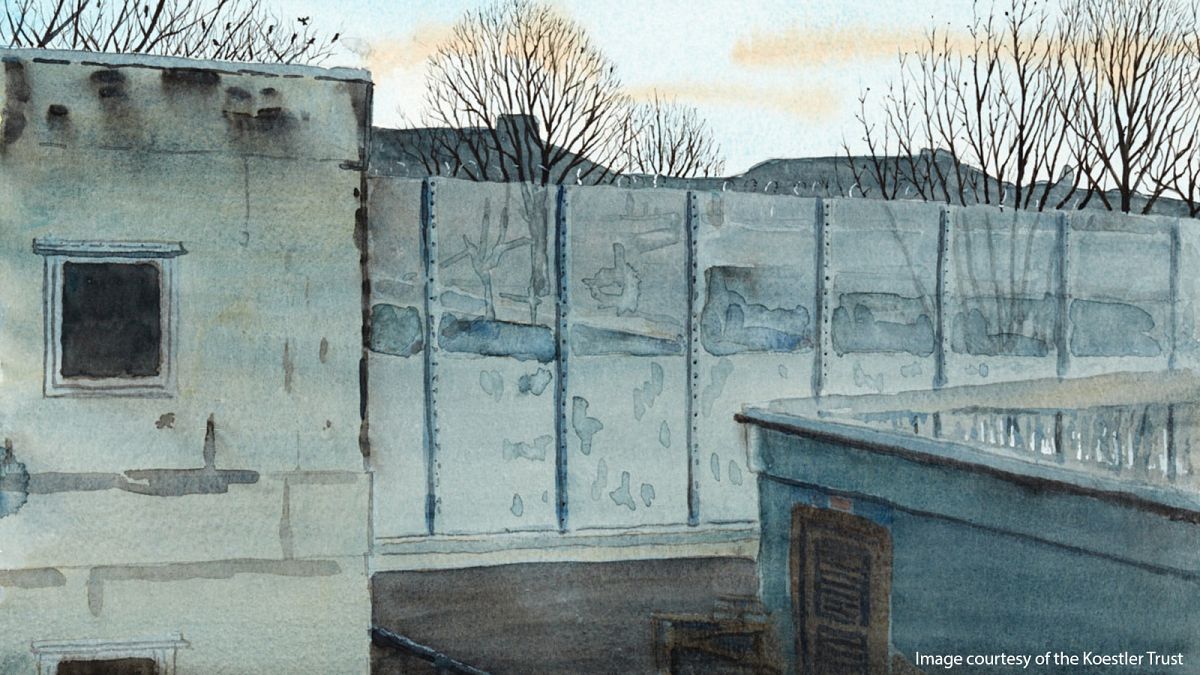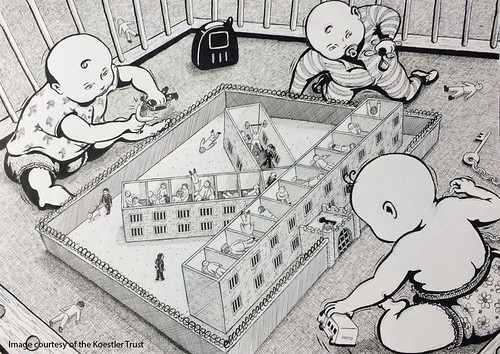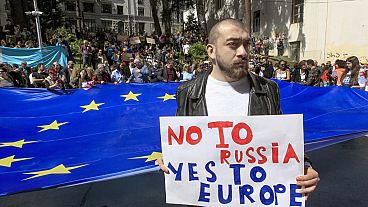Art is not always where you might expect to find it.
Turner Prize-winning sculptor Sir Anthony Gormley is renowned throughout the world for his work – think Gateshead’s towering Angel of the North and the Another Place installation, 100 cast iron figures gazing out to sea.
Such is his reputation, it’s no surprise to find him curating an exhibition of other artists’ work at London’s South Bank Centre. What is unusual is the provenance of the work on show.
The Inside exhibition is made up entirely of art produced by some of the 85,000 men and women in the UK who are in prison, secure facilities and immigration centres.
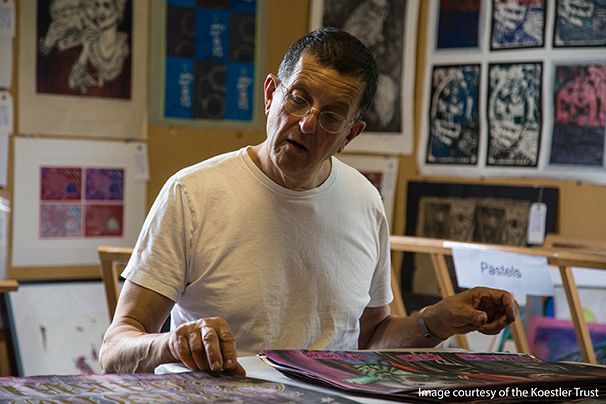
Antony Gormley, curator of the Inside exhibition, Image courtesy of the Koestler Trust
“It is a really sad thing if we think that art can only be found in art galleries and museums”, Gormley says. “I want to celebrate this great resource – the imaginations of the 85,000 prisoners currently in UK prisons and those in secure establishments. Art is a place in which you can do what you like, it need not be for or about anyone else but the artist. In the words of one prisoner, ‘in our minds we can always be free’”.
It was this desire to break with common perceptions – of where we think art in all of its forms arrives from – that led the sculptor to directly involve prisoners in interpreting the theme of Inside. An opportunity, in the words of Gormley, “to communicate to the outside world what it’s like to be a guest of Her Majesty in 2017”.
The exhibition features paintings, drawings, sculpture and mixed media and reflects the resources available to the artists – the striking ‘Am I laughing, or am I Screaming Inside’ foregoes watercolours in favour of coffee.
The artists themselves are anonymous, but their work offers a powerful insight into the experience of being isolated and detained. “There’s no shortage of talent in this show”, says Gormley.
Some of the artworks on show are for sale, with 50% of the proceeds going to the artist, 25% to Victim Support and the remaining 25% to the Koestler Trust – the charity at the heart of making the Inside exhibition a reality.
In the 1950s, the writer Arthur Koestler successfully campaigned for the abolition of capital punishment, before turning his attention to ways of stimulating the minds and spirits of prisoners. The Koestler Awards were born as a result, with the best entrants exhibited in the gallery at Foyle’s bookshop in London in 1962. The Awards have since become an annual event, with exhibitions taking place throughout the UK, and the number of entrants growing from 200 in 1962 to more than 3,000 in 2017.
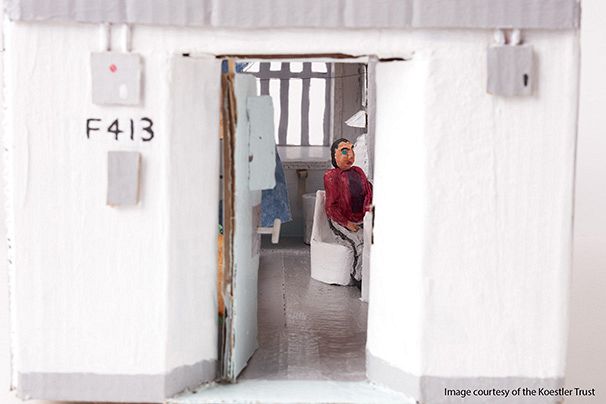
Inside a Cell, HM Prison Lewes, Sculpture, Image courtesy of the Koestler Trust
The Trust also runs a mentoring programme for prisoners, where ex-offenders are often found working alongside volunteers to offer advice and feedback. A report looking at its impact found long-term positive effects on the mentored offenders, especially in the development of pro-social attitudes that reduce the overall likelihood of reoffending.
The charity’s success in shaping the future behaviour of offenders, as well as encouraging them to develop confidence in their own abilities is remarkable. In the words of one former entrant, “For many prisoners, achieving a Koestler Award is the first time anything they have done in their life has met with any recognition. This award alone can be a life changer.”
The Inside exhibition runs at London’s South Bank Centre until 15 November 2017. You can find out more about the work of the Koestler trust herewww.koestlertrust.org.uk
